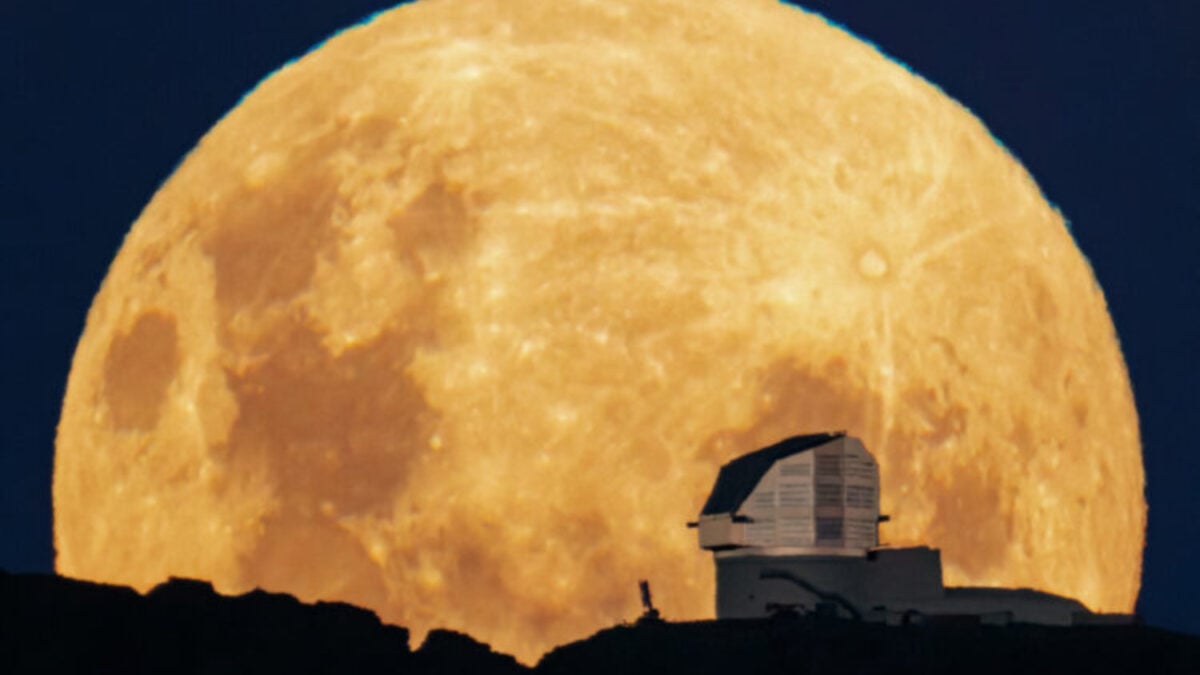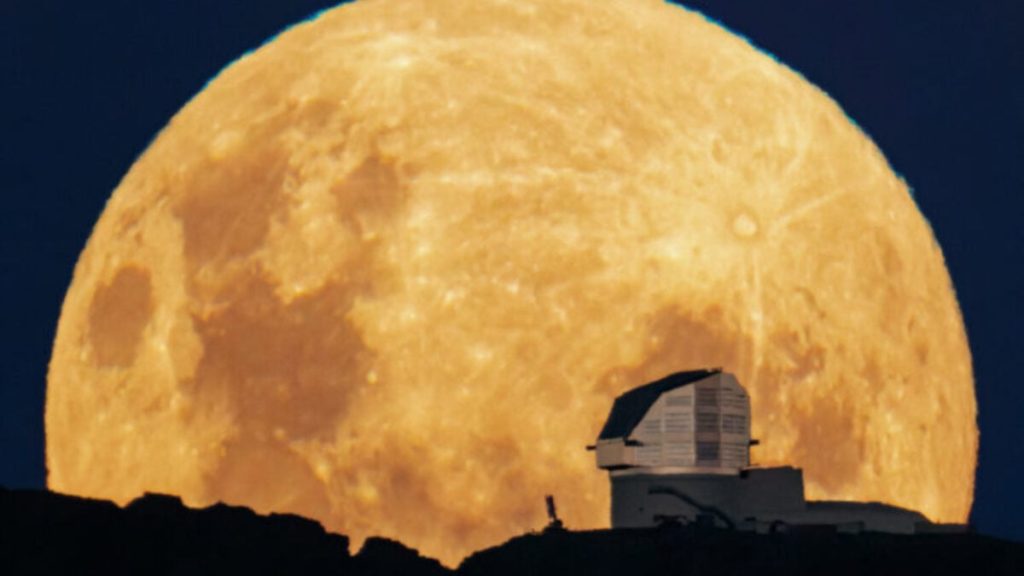A new observatory perched high in the Chilean Andes is about to blow the lid off our solar system—and scientists say it’s going to be like switching from a black-and-white TV to 4K color.
The National Science Foundation and Department of Energy project, the Vera C. Rubin Observatory, is slated to begin operations later this year.
Armed with the largest digital camera ever built for astronomy and a sweeping, ultra-sensitive telescope, the observatory is expected to discover millions of previously unknown asteroids, comets, and other planetary leftovers—some of which venture uncomfortably close to our own planet.
Now, researchers led by Meg Schwamb at Queen’s University Belfast have developed an open-source software program, Sorcha, that predicts the discoveries that Rubin may make. The papers describing the software and the associated predictions are available on the preprint server arXiv.
The team estimates that Rubin will triple the number of known near-Earth objects (NEOs) from about 38,000 to 127,000, detect ten times more trans-Neptunian objects than currently cataloged, and provide colorful, detailed observations of over 5 million main-belt asteroids (up from about 1.4 million).
“With this data, we’ll be able to update the textbooks of solar system formation and vastly improve our ability to spot—and potentially deflect—the asteroids that could threaten Earth,” said Mario Juric, a member of the team and an astronomer at the University of Washington, in a university release.
Sorcha models the solar system’s current structure, then projects what Rubin is likely to see, based on its planned observations. It’s the first end-to-end simulator for Rubin, meaning that it models expectations from simulated photons of light from distant sources to the expected science to come from those findings.
The Rubin Observatory’s secret weapon is its 3.2-gigapixel LSST camera, which can scan an area roughly 45 times the area of the full Moon each night. In less than a week, the camera can survey the entire night sky, and over the next decade, it’ll produce a cosmic time-lapse comprising 20 terabytes of nightly data.
Rubin’s data will help scientists piece together how our solar system formed and evolved. The predicted stats are staggering: 127,000 NEOs, 109,000 Jupiter Trojans, 37,000 distant Kuiper Belt objects, and more. Rubin will find them all in color and motion, revealing spin rates, surface types, and more. In turn, these observations will help space agencies and scientists land on their next observational targets.
The Sorcha code, along with simulated sky maps and orbital animations, is available now at sorcha.space, so researchers can prepare for the LSST data to come. The first public images from Rubin’s “First Look” event will be revealed on June 23.




